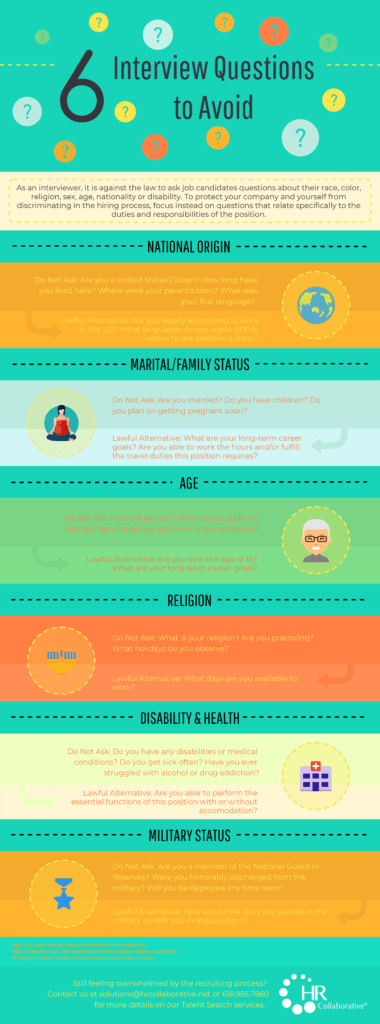The Workforce Crisis of Working Mothers
Written by: Greg Collette

In July, we highlighted the impending crisis for working parents in the new school year. The labor participation rates from January show that the story has only gotten more dire, particularly for working mothers.
Women’s labor force participation hit a 33-year low in January, according to a new analysis by the National Women’s Law Center.
- 275,000 women dropped out of the labor force last month, accounting for nearly 4 out of 5 workers over 20 who left the workforce during that time.
- More than 2.3 million women have left the labor force since February 2020. The current women’s labor force participation rate now sits at 57% — the lowest it’s been since 1988.
- Less than 1.8 million men have left the labor force in the same period. Not a number to scoff at, but the difference is notable. It indicates a major reversal in U.S. labor participation trends. Remember back in January 2020, when women outnumbered men on U.S. payrolls for the first time?
A driving factor in this reversal has been child care falling heavily on working mothers’ shoulders.
- 32% of unemployed women said child care, not job loss, was the reason for their unemployment.
- And 69% said they’d experienced adverse health effects due to worry and stress during the pandemic. Only 51% of fathers reported the same.
The severity of the crisis has flown under the radar for many employers.
- Working mothers tend to keep their work-life struggles under wraps. Primarily because they’re twice as likely to worry their performance is judged negatively because of their caregiving responsibilities compared to fathers.
- And for good reason. When working non-standard hours or flexible work arrangements, working mothers often face wage penalties, lower performance evaluations, and being “mommy-tracked” into lower-level roles.
Women of color have been hit especially hard. In total, the unemployment rate for women 20 and over was 6% in January.
- For white women, the unemployment rate was below the average at 5.1%. For Asian women, it was 7.9%. For Black women, 8.5%. And for Latinas, 8.8%.
What can businesses do to help? Acknowledging the struggles working mothers face is the first step. Next is thinking through systems that can alleviate the burden.
- Talk with your employees. Because working mothers are reluctant to share their work-life struggles, leaders must reach out to understand their stresses and how best to address them.
- Make flexibility foundational to your organization. The top non-health-insurance benefit employees want most in 2021 is time away from work. But offering flexible work arrangements is only the start. Acceptance and encouragement from management is critical to reducing flexibility stigma.
- And watch out for executive optimism. As we’ve discussed before, many leaders feel they are providing exceptional remote-work support during the pandemic. But most employees disagree.
Bottom line. The pandemic has significantly altered the diversity of the U.S. labor force. Without a concentrated effort to create workplaces that address the realities of working mothers, a significant portion of this demographic may never return.
Our Most Recent Articles

Employers to Benefit from New Kinexus Group Acquisition of HR Collaborative
The team at Kinexus Group announced today that they have officially acquired HR Collaborative, a west Michigan-based, women-led community of fractional HR professionals, to meet unmet demand and to serve more employers than ever before.
































































































